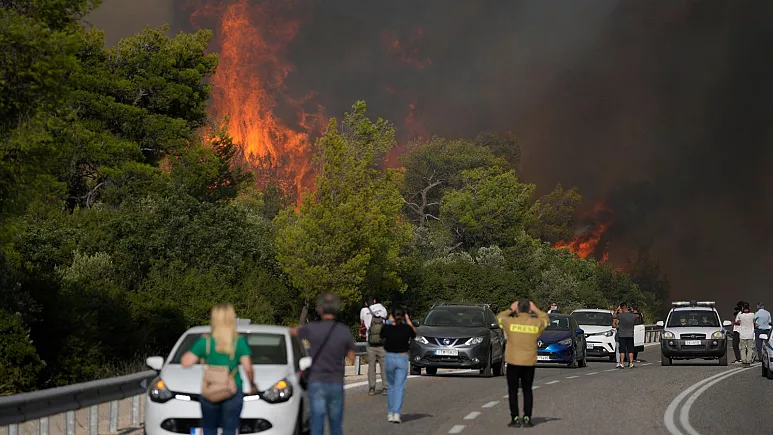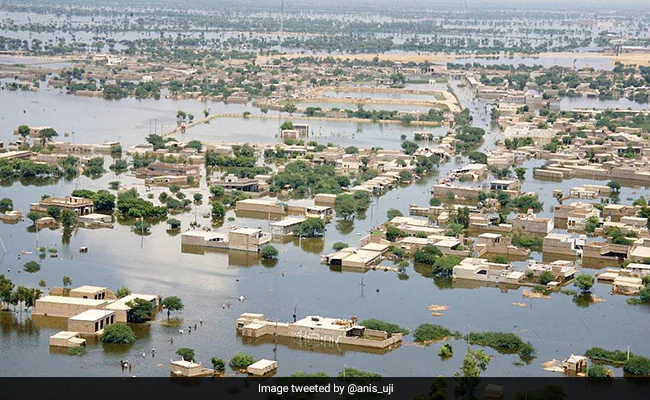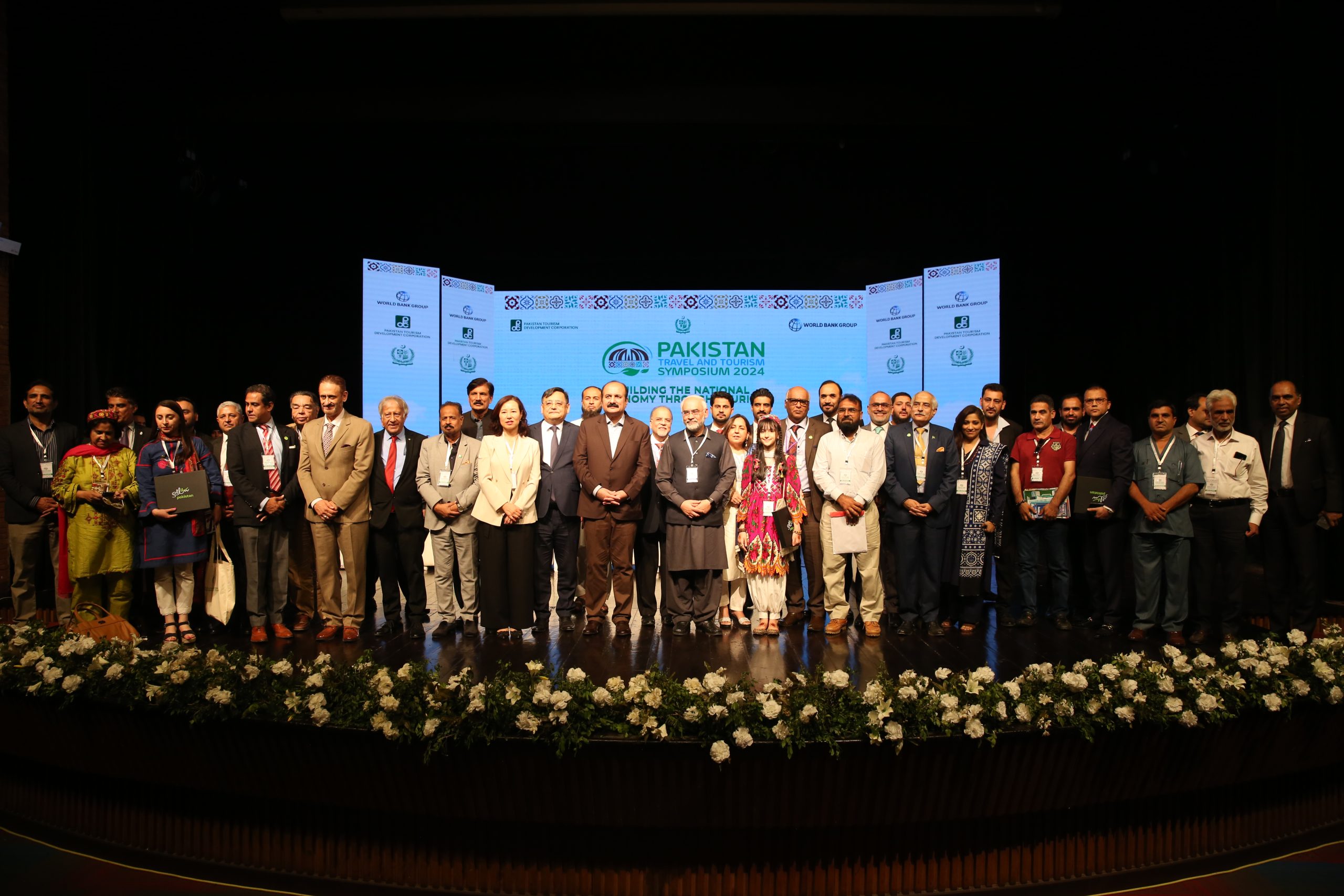The tourism industry, known for its dependence on nature and the environment, is facing significant challenges due to the impacts of climate change. As human-induced temperature increases continue to cause extreme weather events and environmental degradation, tourist destinations worldwide risk becoming obsolete. This article delves into the threats climate change poses to the future of tourism industry.
Unbearable Heat in Tourist Destinations
Rising temperatures have made certain tourist destinations unbearably hot, particularly during summer. This phenomenon is evident in Europe, where scorching heat waves have led travelers to reconsider their plans and favor cooler destinations and off-season trips. Southern European vacation spots have witnessed declining popularity, while countries like the Czech Republic, Bulgaria, Ireland, and Denmark are experiencing a surge in interest.
Increased Frequency and Intensity of Weather Events
Warmer temperatures contribute to the increased frequency and intensity of weather events such as storms, cyclones, floods, and forest fires. These disasters can disrupt transportation systems, water supplies, and safety, discouraging tourists from visiting specific destinations.
Shorter and Milder Winters Impacting Snow-Dependent Destinations
Global warming has caused winters to become shorter and milder, resulting in reduced snowfall. Snow-dependent destinations, especially those in low-lying areas, are at risk due to insufficient snow for winter sports. Travelers may have to shorten their trips or seek alternative winter activities.
Vulnerable Biodiversity and Eco-Tourism
Climate change has made biodiversity vulnerable, which has consequences for destinations relying on eco-tourism. Coral reefs have already suffered significant damage, and the relocation of animal species disrupts ecosystems, reducing the appeal of eco-tourism destinations.
Impacts of Climate Change on Tourism in Pakistan
In 2022, Pakistan experienced devastating monsoon floods and heavy rainfall due to high temperatures and rapid glacier melting. Over 50% of the country’s physical area was partially affected, with nearly 30% facing severe damage. Roads, bridges, and transportation systems were extensively disrupted, isolating many cities and towns. 33 million people were affected, and 7.9 million were displaced. Provinces like Azad Kashmir, Gilgit-Baltistan, Punjab, Khyber Pakhtunkhwa, Sindh, and Baluchistan suffered significant damage, deterring tourists from visiting these regions. The destruction of critical infrastructure, including roads, bridges, and hotels, severely impacted the tourism industry, as travelers were reluctant to visit areas at risk of further damage.
While according to National Disaster Management Authority (NDMA), the 2023 monsoon rains from 25th June to 30th July have damaged 1594 houses across Pakistan. Flooding and landslides have also blocked sections of the Karakoram Highway, the main route between Islamabad and Gilgit Baltistan.
How to Mitigate Climate Change’s Impact on Tourism?
Reducing Carbon Emissions
The tourism industry must shift towards more sustainable practices to reduce its contribution to global carbon emissions. Tour operators must assess their current practices and adopt eco-conscious measures.
Promoting Shoulder Season Travel
Resort owners in warm areas can encourage tourists to visit during shoulder months, promoting lesser-known seasons instead of peak summer times. Ski resorts can diversify their offerings and remain open year-round to compensate for shorter winters and combat over-tourism.
Investing in Resilient Infrastructure
Businesses in disaster-prone areas should invest in resilient infrastructure to protect against natural hazards, avoiding the costs of rebuilding from scratch in the event of damage.
Government Policies
Governments should develop policies tailored to their unique circumstances to address climate change in tourism. Stricter regulations, sustainability reporting requirements, and emission reduction commitments can be effective approaches.
Tourist’s Role in Fighting Climate Change
Tourists can also play a crucial role in mitigating climate change by adopting certain practices:
Avoiding Single-Use Plastics
Carrying a reusable water bottle and consciously minimizing plastic waste can reduce the environmental impact of tourism.
Choosing Eco-Friendly Transportation
Opting for buses and trains instead of private vehicles or flights helps reduce carbon footprints associated with travel.
Supporting Sustainable Destinations
Choosing destinations committed to environmental protection and selecting accommodations and attractions with sustainable practices can encourage eco-friendly tourism.
Minimizing Air Travel
Considering nearby destinations and minimizing air travel supports local economies and reduces greenhouse gas emissions.
Conclusion
Climate change poses significant threats to the tourism industry worldwide, and Pakistan’s recent experience with monsoon floods underscores the urgency of addressing this issue. It is imperative for the tourism sector to adopt sustainable practices and reduce its carbon footprint to ensure a sustainable future. Governments, businesses, and tourists must collaborate and take collective action to protect the environment and preserve the natural beauty of tourist destinations for generations to come. By acknowledging the perilous consequences of climate change and implementing proactive measures, we can safeguard the paradises that attract tourists while mitigating the impacts of climate change on the tourism industry.





